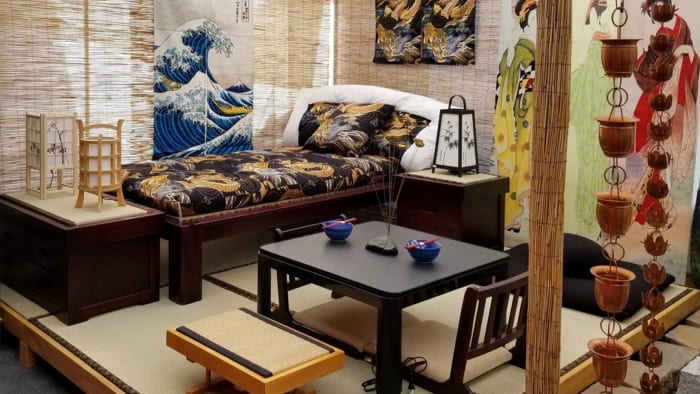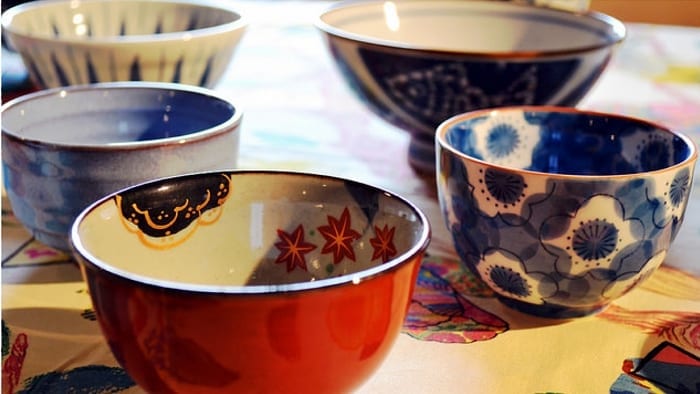Japanese rice wine is collectively referred to as “sake,” pronounced “sah-kay.” Unlike recreational drinking in most countries, drinking sake is an art. It requires the host to know everything from the temperature of the sake to the appropriate manner of pouring. Most Western countries do not practice the traditional way of sake drinking. However, authentic Japanese restaurants do not neglect to observe the traditional practices of serving and drinking sake.
Correct serving temperature
While TV shows and movies will create the idea that sake must be served hot, only some kinds are traditionally heated before serving. The finest kinds of sake, like Ginjo, are best served slightly chilled. Ginjo is a very fragrant rice wine, but it is also delicately flavored, and heating will change and damage the flavor. Rice wines with more body, like Junmai, are better served at room temperature, and heated sake is mostly of lower quality. If you have sake that is appropriate to heat, the best serving temperature would be around 40-45 degrees Celsius (104-113 degrees Fahrenheit).
Utensils
The cup to use when you drink sake is also dependent on the reason for drinking – whether it’s for recreation or for formally tasting the wine. If you are going to drink it like a wine connoisseur, a standard wine glass would be best. Wine glasses are specifically made to collect wine vapors above the liquid and let the wine breathe to taste a wine’s flavor in its purest form.
Authenticity
On the other hand, if you are interested in an authentic Japanese feel, there are plenty of traditional cups to choose from when drinking sake. The most common one is the ochoko, which is a small rounded cup with no handle. Some prefer the masu, a square cup of unlacquered wood that adds an earthy flavor to the sake. The sakazuki, a wide shallow bowl, is a ceremonial cup used at weddings and other formal traditional events.
Serving the sake
When serving sake, you must pay attention to the status of your company. Normally, when pouring sake, you must hold the tokkuri (serving jug) with both hands. You can either use both hands on the tokkuri proper or with your right hand holding it and your left hand on your right arm. Only when your present company is a subordinate will pouring sake with one hand be appropriate.
Likewise, when your cup is being filled, you are supposed to lift your cup with both hands, in fact, either with both hands on the cup or with the right hand holding the cup. As with pouring, if the host is a subordinate of yours.
Bottles
Last, if you are the host, you mustn’t fill your own cup. Traditionally, guests will make it a point to ensure that the host’s cup is filled. On the other hand, when guests offer to fill your cup, it is not polite to decline.
Drink Sake
The Japanese counterpart for “Cheers!” is “Kanpai,” so you can call out kanpai and touch cups with your companions. If you are drinking with your subordinates, such as employees, hold your cup is slightly above theirs. If you are drinking with someone of higher status than you, it is considered polite for you to turn your head away from them as you take sips.
To drink sake is a common customary way for the Japanese to strengthen bonds and create camaraderie. This is a tradition showing the Japanese’s cultural heritage that has been passed on from generation to generation.



